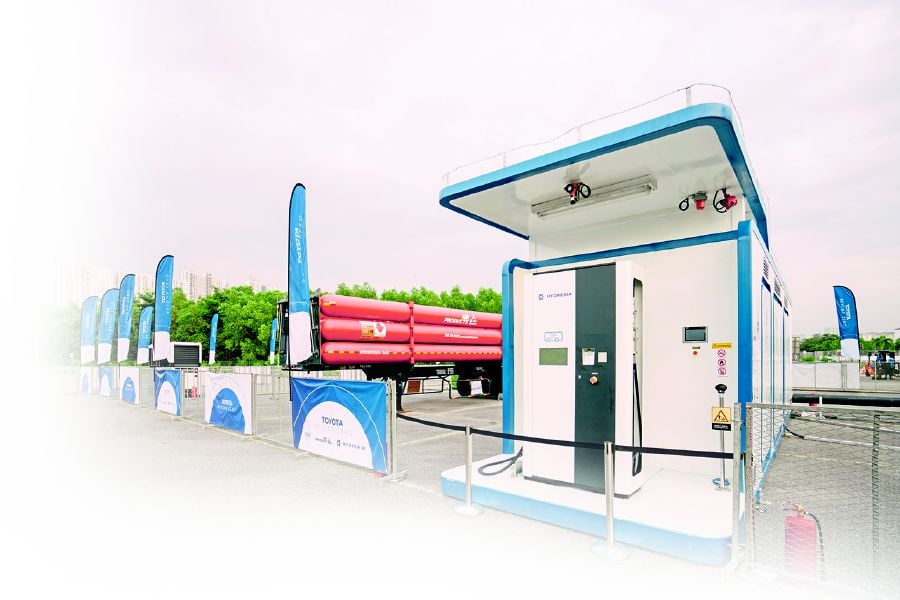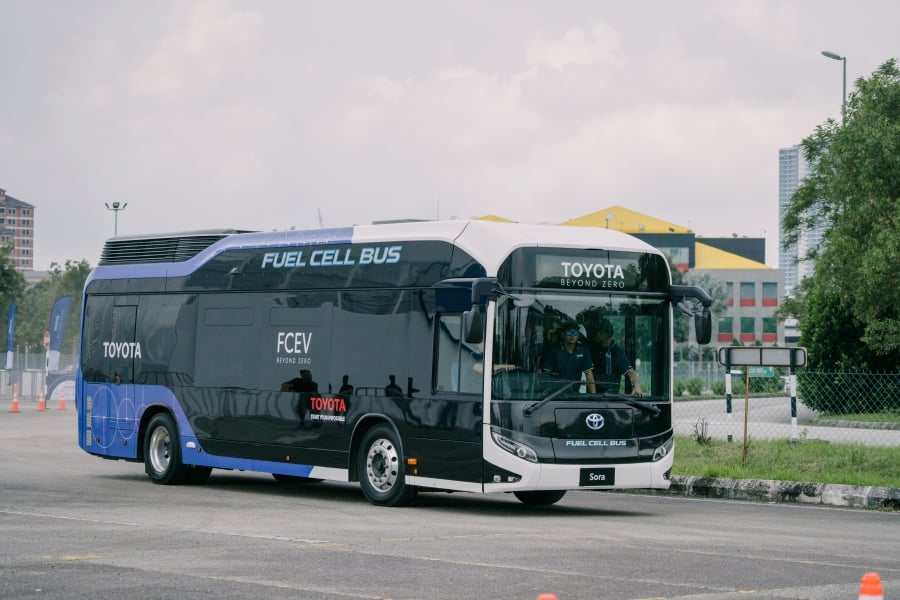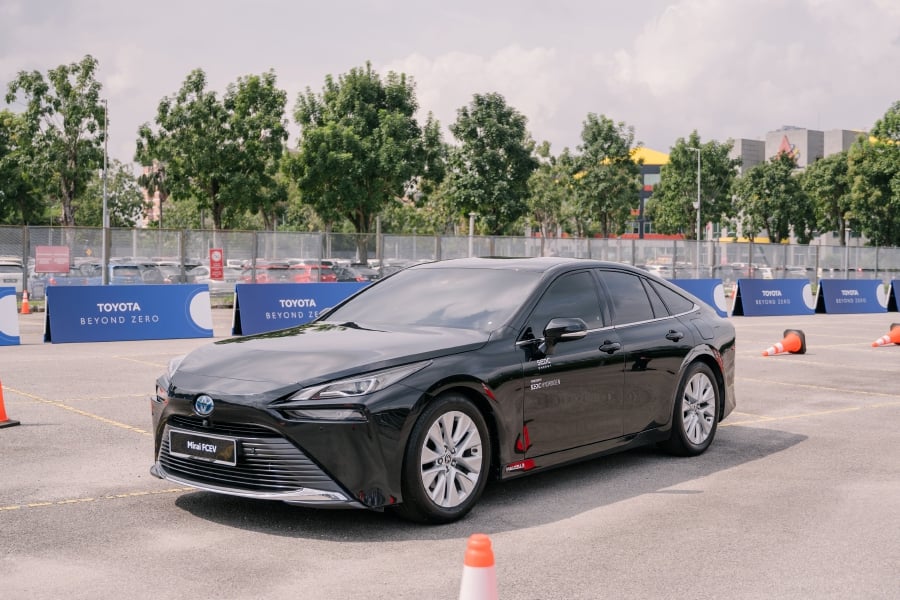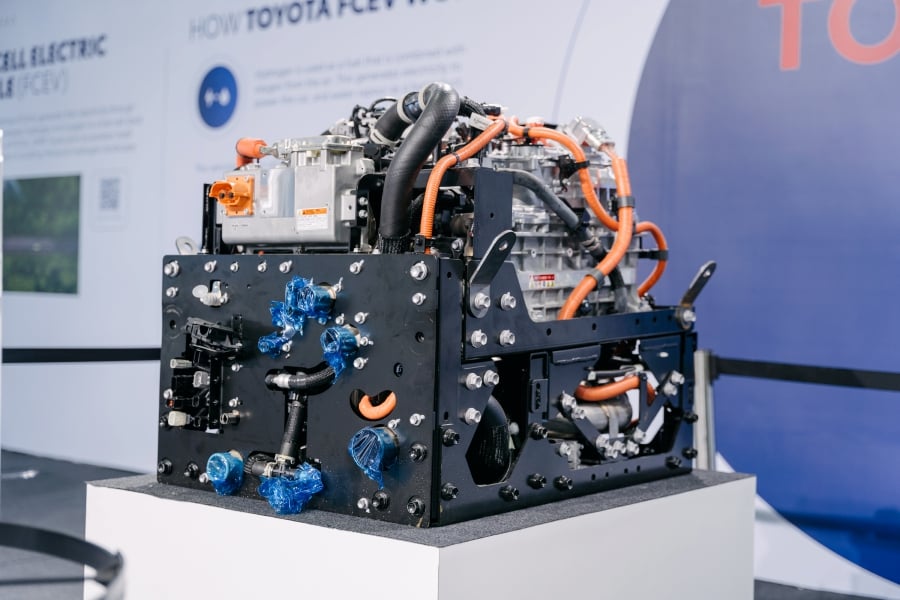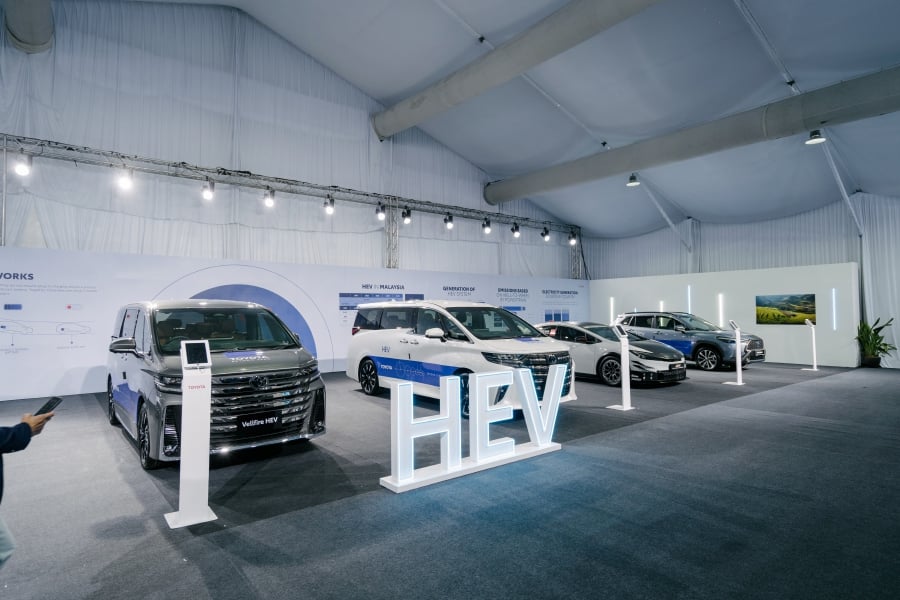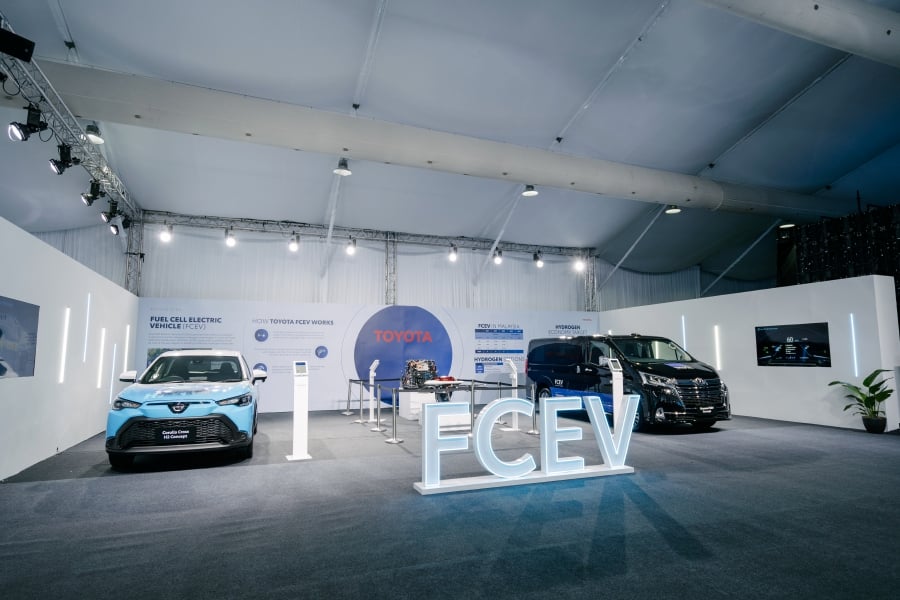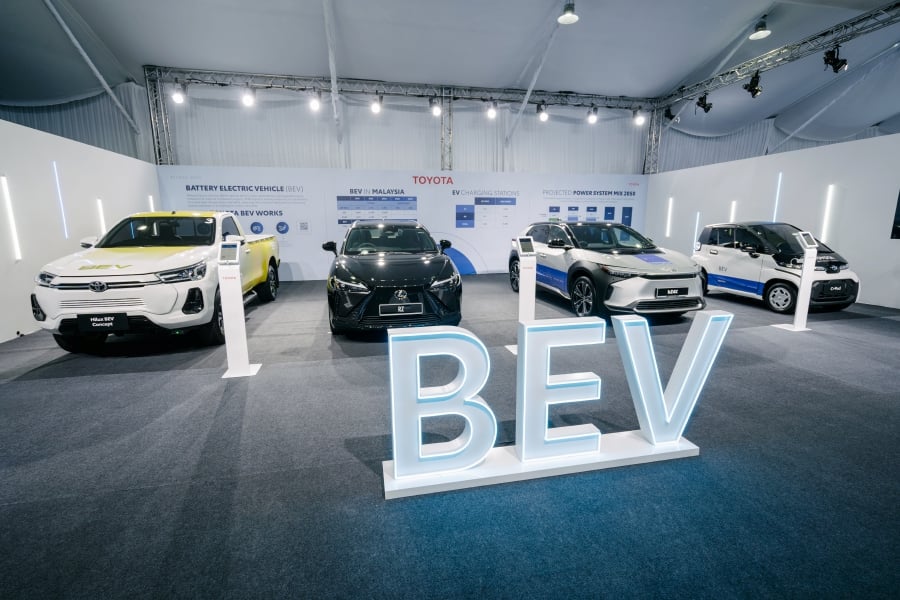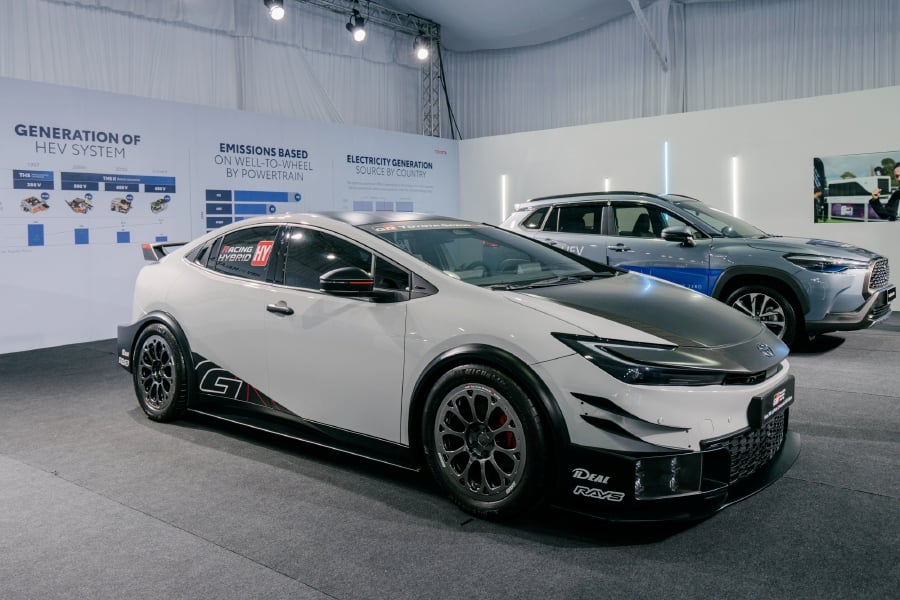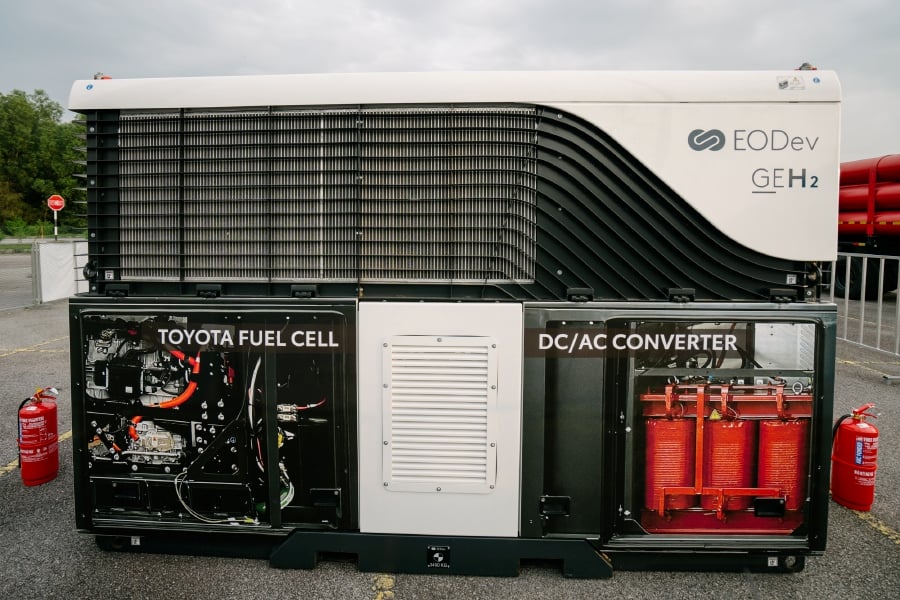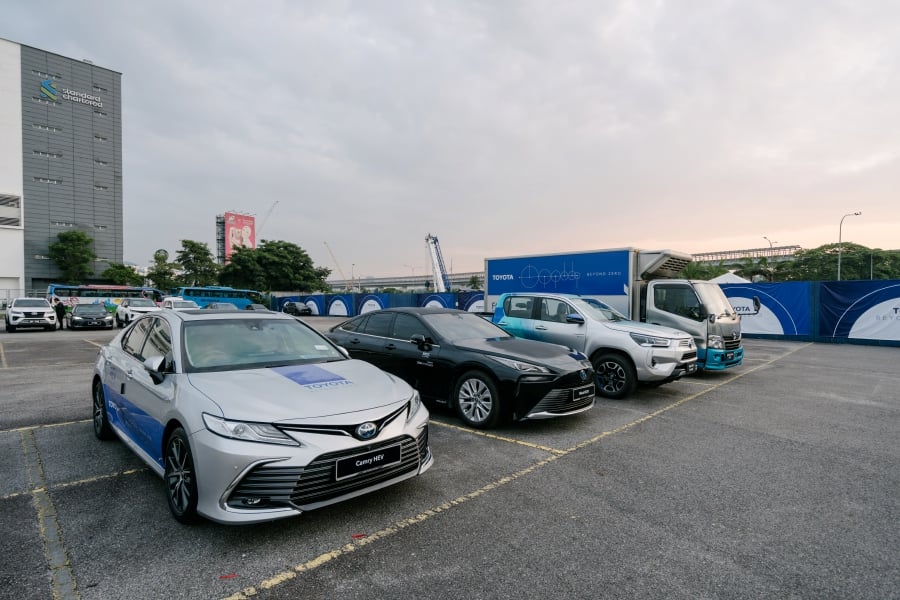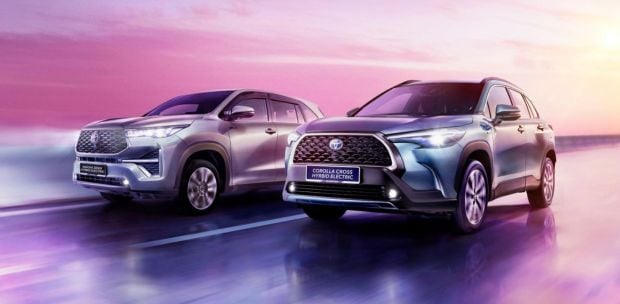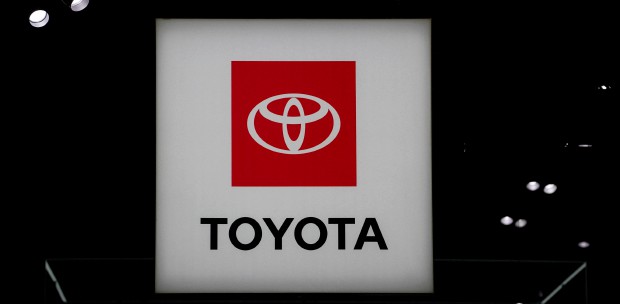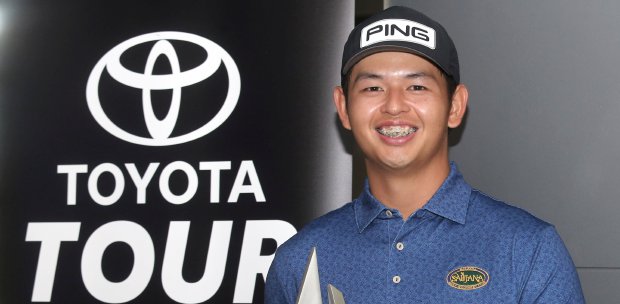SOCIETY has never been more committed towards achieving a sustainable future than now.
The crusade to make the world a more livable one for future generations has led to the search for more ways to reduce pollution and waste.
It is a global movement that has also extended to the automotive industry. With environmental activism at an all-time high, carmakers have also made it their mission to reduce their vehicles' emissions.
It is this emphasis on a greener tomorrow that electric vehicles (EVs), battery electric vehicles (BEVs) specifically, are all the rage today.
Having fewer moving parts means less waste but what really sells is that BEVs produce no emissions.
With "zero" being the magic number, it became a no-brainer for companies to rally behind this technology.
However, the new age of electrification also brings along with it a whole set of complexities.
But is our primary objective the perfection of a technology (BEVs in this case) or achieving carbon neutrality?
Toyota is set on reminding us that there is not only more ways than one for Malaysia to achieve net zero emission, but it can also attain it before the 2050 deadline.
The answer lies in breaking down the "one-tech solution" mindset and applying alternative methods to varying situations and locations.
BEYOND ZERO
Toyota's Beyond Zero vision highlights the company's initiatives that align with its commitment to sustainable and eco-friendly practices.
Essentially, it is the company's way of addressing its multi-pathway approach to carbon neutrality by offering multiple electrification solutions to meet the unique needs of customers and regions.
Its broader aim is to ensure that no one is left behind in their journey towards achieving zero carbon dioxide (CO2) emissions.
The Japanese carmaker notes that not every country is going to be able to afford the EV-lifestyle that is seen as a premium experience, or not as practical to make them viable in most places around the world.
Toyota's Beyond Vision event at the Technology Park Malaysia late last month showcased its diverse approach towards reducing environmental impact with the use of various electrified technologies, which included BEV models (such as the bZ4X, Hilux BEV and the uniquely shaped C+pod), Hybrid Electric Vehicles (HEVs) and Fuel Cell Electric Vehicles (FCELs).
The HEVs were a major highlight at the event, with Toyota pointing out that the powertrain technology had a proven history on Malaysian roads since 2009 and globally since 1997.
It was also a major showing for the brand's FCEV technology that included the Mirai, FCEV, GranAce FCEV and Hilux FCEV models.
Another highlight was the hydrogen fuel cells-powered bus Sora - an abbreviation for Sky, Ocean, River and Air.
Toyota has invested significantly in fuel cell technology for more than 30 years and believes that these models showcase its ability to contribute to a cleaner and more sustainable automotive future.
MULTI-PATHWAY STRATEGY
On the surface, society views BEVs as the natural evolution to internal combustion engine (ICE) vehicles.
Rides tend to be smoother and more comfortable due to the tyres and suspension designed to accommodate the weight of the vehicle, which is generally heavier than a standard ICE vehicle.
Its torque performance is near instantaneous, too, unlike an ICE powertrain.
But the adoption of BEVs is not without its own challenges, which mainly come in the form of cost and a change in lifestyle.
EVs are still much pricier than their ICE counterparts and require a huge amount of investment in infrastructure to make them generally accessible.
Adapting to the technology, depending on your daily dealings, requires a different approach.
Most crucial is time. EVs have their benefits but their high bar of entry means it will take a long time to be commonplace.
Global uptake of the powertrain has been slow, too. While there has been a rise in BEV sales, they are not making a huge change to the environment.
More controversial is in its production, the power source and recycling effort.
While the vehicle generates no emission on the road, the same cannot be said for its production process and when a recharge is needed; with petrol or coal commonly used to generate electricity.
Toyota's multi-pathway approach is about offering various vehicle powertrain technologies. This will allow everyone to participate in the decarbonisation journey, while catering to different customers' usage and behaviours.
The intended speed and scale of decarbonisation can also only be achieved through multiple pathways that make carbon neutral or carbon reducing technologies accessible to all.
This means offering HEV, BEV, FCEV and, by extension, Plug-in Hybrid Electric Vehicle (PHEV) products, and then strategically applying them where suitable.
For example, FCEV is for customers who have access to hydrogen sources, often go for long-distance drives and want short re-fuel times.
BEVs are for customers who have access to charging locations, whether residences, offices or public spaces. It is suitable for short-mid distances.
The HEVs are said to be the lowest cost and most accessible carbon-reducing solution for Malaysia today, catering for customers who want convenient, affordable and fuel-saving vehicles.
The company is also working to continuously improve the fuel efficiency of ICE vehicles as it explores alternative fuels like flexi-fuel with biofuels, and Compressed Natural Gas (CNG), among others.
Local initiative
In Malaysia, Toyota, through UMW Toyota Motor Sdn Bhd (UMWT), is working to assist the nation in achieving carbon neutrality by 2050.
It acknowledges the nation's effort to build up its infrastructure in preparation for widespread EV adoption, even as the company works to introduce BEVs in its lineup.
Its strategies include offering a product lineup with different technologies while considering the sustainability of the existing supply chain, inclusive of employment.
At its core is the EV battery, which in its current form is the most expensive and environmentally-impactful component.
The HEVs, the company points out, require smaller and cheaper batteries while potentially having up to 50 per cent less C02 emission compared to ICE vehicles.
In Malaysia, UMWT reportedly sold 41,600 HEVs since 2009, which translates to approximately 150,000 tonnes of CO2 absorption and is equivalent to 500,000 trees or equivalent.
The company deduces that the HEVs ability to reduce CO2 significantly without any need of infrastructure investment or change in behaviour of customers, allows them to be the optimal solution to gain scale for electrification for the masses.
Additionally, hydrogen FCEVs have advantages as commercial vehicles, as its refuelling takes 10 minutes or less, and has a longer driving distance. It also offers a smoother and zero-emission drive experience akin to what you would experience in BEVs.
Toyota's Mirai, which was delivered to Sarawak a year ago, emits only water. The car also boasts an impressive range of up to 800km.
BEVs, to Toyota, will eventually find a more sustainable place in the market as the infrastructure matures, renewable energy sources grow, and the cost and impact of battery technology drops.


